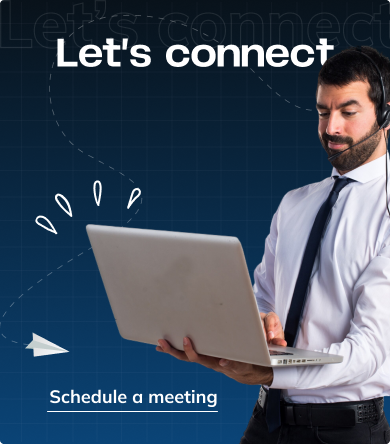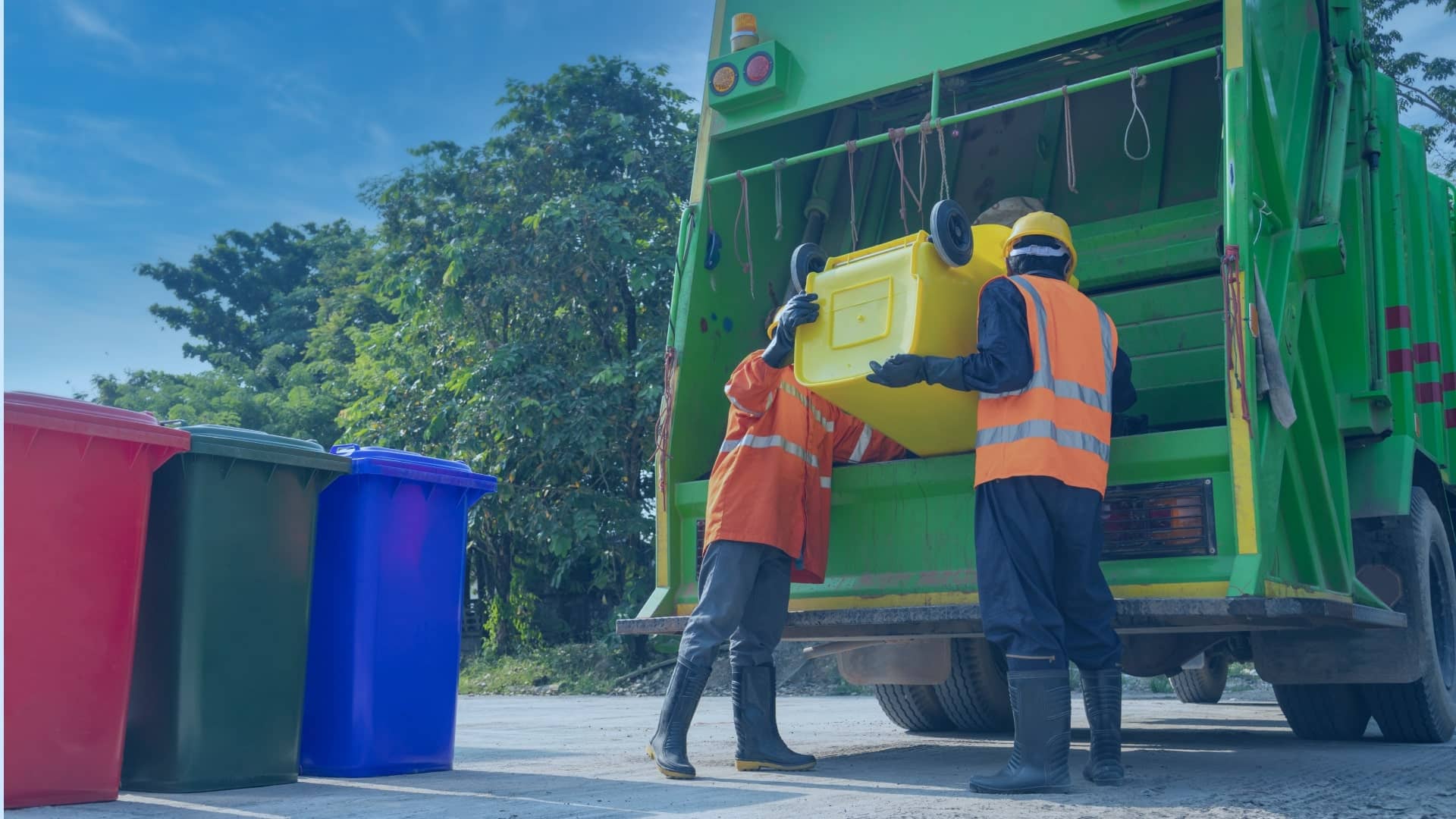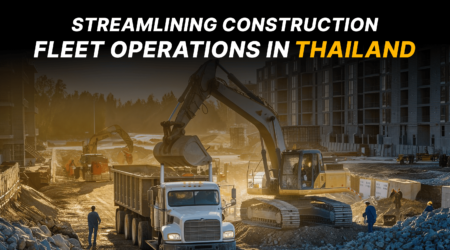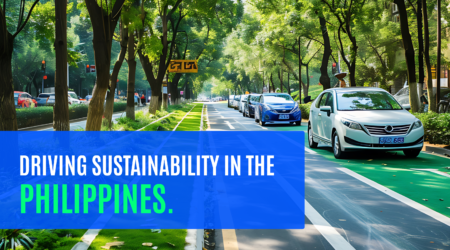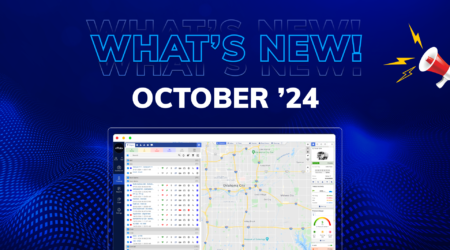Need of Municipal Waste Collection Software
Introduction
In the heart of every thriving community lies a fundamental service often taken for granted: waste management. As urban populations swell and the strain on natural resources intensifies, the traditional methods of collecting and disposing of municipal waste are buckling under pressure. The inefficiencies and environmental repercussions of these outdated systems highlight a pressing need for innovation. Enter the era of Municipal Waste Collection Software, a transformative solution designed to streamline waste management in cities and towns alike.
This sophisticated software transcends the basic functions of waste pickup by embedding advanced technology into the very fabric of waste management operations. Its adoption signifies a leap towards sustainability, efficiency, and enhanced service delivery. With capabilities like real-time tracking, route optimization, and comprehensive data analytics, Municipal Waste Collection Software is not merely an option but an essential asset for municipalities aiming to tackle the challenges of modern waste management head-on.
The Necessity of Municipal Waste Collection Software
Environmental Benefits
The adoption of Municipal Waste Collection Software brings a windfall of environmental benefits. By optimizing collection routes, the software significantly cuts down on fuel consumption and carbon emissions, contributing to cleaner air and a reduction in the city’s carbon footprint. Moreover, enhanced waste management practices lead to a decrease in litter and illegal dumping, safeguarding local ecosystems and promoting a cleaner, greener urban environment.
Efficiency and Cost-effectiveness
Municipal Waste Collection Software stands as a beacon of efficiency in the otherwise complex logistics of waste management. Automated route planning and scheduling ensure that waste collection is executed with unparalleled precision, saving valuable time and reducing operational costs. This leap in efficiency doesn’t just bolster the bottom line; it translates into more reliable and timely services for residents, fostering a sense of trust and satisfaction within the community.
Data-driven Decisions
In the age of information, Municipal Waste Collection Software acts as a crucial nexus for data-driven decision-making. The software’s ability to collect and analyze vast amounts of data offers municipalities a bird’s-eye view of waste management operations. Insights gleaned from this data enable cities to tailor collection schedules to actual needs, implement targeted recycling programs, and even forecast future waste generation trends, ensuring optimal resource allocation and environmental stewardship.
Compliance and Regulations
Navigating the maze of environmental regulations and standards is a formidable challenge for any municipality. Municipal Waste Collection Software simplifies this task by automating compliance monitoring and reporting. Through meticulous record keeping and real time data analysis, the software ensures that municipalities remain on the right side of regulations, avoiding potential fines and bolstering their commitment to sustainable waste management practices.
Key Features of Advanced Waste Collection Software
Real-time Tracking
At the core of advanced waste collection software is real-time tracking, a feature that empowers municipalities with instant visibility into the whereabouts and status of waste collection vehicles. This clarity is crucial for managing operations on the fly, allowing for immediate adjustments in response to unexpected challenges or delays. Moreover, real-time tracking enhances accountability among collection crews, ensuring that service standards are upheld.
Route Optimization
Route optimization represents the heart of waste collection efficiency. The software uses smart programs to find the best paths for trash trucks, considering traffic, roads, and how much trash there is. This smart planning speeds up pickups and cuts down on truck damage and fuel use. So, it helps make city living greener and more sustainable.
Customer Management
The integration of customer management features marks a significant evolution in the relationship between municipalities and residents. Through the software, residents receive timely notifications about collection schedules, changes, and even educational information on waste segregation and recycling. This direct line of communication enhances clarity, boosts resident satisfaction, and fosters a collaborative approach to waste management.
Reporting and Analytics
Robust reporting and analytics functionality turn raw data into actionable insights. Municipalities can track performance metrics, identify areas for improvement, and understand waste generation patterns. This wealth of information is instrumental in refining waste collection strategies, setting realistic targets, and measuring the impact of waste management policies.
Integration Capabilities
The ability to integrate with other municipal systems amplifies the effectiveness of waste collection software. Seamless integration with billing, customer service, and other operational platforms creates a unified ecosystem for managing municipal services. This interconnectedness not only streamlines administrative processes but also enhances the overall efficiency and responsiveness of municipal operations.
Trends Driving the Adoption of Municipal Waste Collection Software
The landscape of waste management is undergoing a transformative shift, propelled by several key trends that underscore the growing need for Municipal Waste Collection Software. These trends not only reflect the changing priorities of urban societies but also highlight the potential of technology to address these evolving demands.
Sustainability and Green Initiatives
At the forefront of these trends is a global push towards sustainability and the adoption of green initiatives. Municipalities worldwide are recognizing the urgent need to minimize their environmental impact. Waste collection software plays a pivotal role in this endeavor by enabling more efficient operations that reduce waste, lower emissions, and promote recycling and waste reduction efforts. This shift towards sustainability is not just about environmental stewardship; it’s about building resilient communities for future generations.
Smart City Integration
IoT and Smart Devices
The Internet of Things (IoT) and smart devices are revolutionizing the way municipalities manage waste. Sensors in bins track how much trash is there, sending this info to the software. This helps plan better pick-up times and routes. With this accuracy, pickups get more efficient and cities stay cleaner. It stops bins from overflowing and cuts down on extra trash rounds.
AI and Machine Learning
Artificial Intelligence (AI) and machine learning technologies are becoming increasingly prevalent in waste management solutions. These technologies enable predictive analytics, allowing municipalities to forecast waste generation trends and optimize collection schedules and routes accordingly. By learning from historical data, AI can identify patterns and make recommendations to improve the efficiency and effectiveness of waste collection services, further driving the adoption of advanced waste collection software.
Challenges in Implementing Waste Collection Software
Despite the clear benefits and growing demand for Municipal Waste Collection Software, municipalities face several challenges in its implementation.
Technological Hurdles
One of the primary challenges is overcoming technological hurdles. For many municipalities, especially those with outdated systems, the transition to a sophisticated software solution requires significant upgrades to existing infrastructure. This can include the integration of IoT devices, the adoption of cloud-based platforms, and ensuring robust cybersecurity measures are in place to protect sensitive data.
Budget Constraints
Budget constraints often pose a significant barrier to the adoption of new technologies. Investing in Municipal Waste Collection Software and the necessary infrastructure upgrades requires upfront costs that may not be immediately feasible for some municipalities. Securing funding and demonstrating the long-term cost savings and efficiency gains of the software are crucial steps in overcoming this challenge.
User Adoption
Another challenge is ensuring user adoption among municipal staff and residents. Transitioning to a new system requires training and change management to ensure all stakeholders are comfortable and proficient in using the software. Additionally, engaging residents and encouraging them to utilize digital tools for waste management services can take time and effort.
Data Privacy and Security
With the increased reliance on digital solutions comes the concern for data privacy and security. Municipalities must ensure that the waste collection software complies with data protection regulations and that all user data is securely stored and managed. Addressing these concerns is critical for maintaining public trust and the successful implementation of the software.
Conclusion
Moreover, switching to Municipal Waste Collection Software is a big step in improving city waste management. This move is all about making cities cleaner, more efficient, and better at serving people. Cities around the world are starting to use this tech to tackle modern challenges. Even though adopting it can be tough, the stories of those who’ve done it inspire others. They show how big changes are possible.
Looking ahead, using this software more will not just make waste management better. It will also change how we live in cities, making them smarter and more eco-friendly. For cities thinking about making this switch, the message is simple. Now is the time to start using technology for a cleaner and more efficient future.
